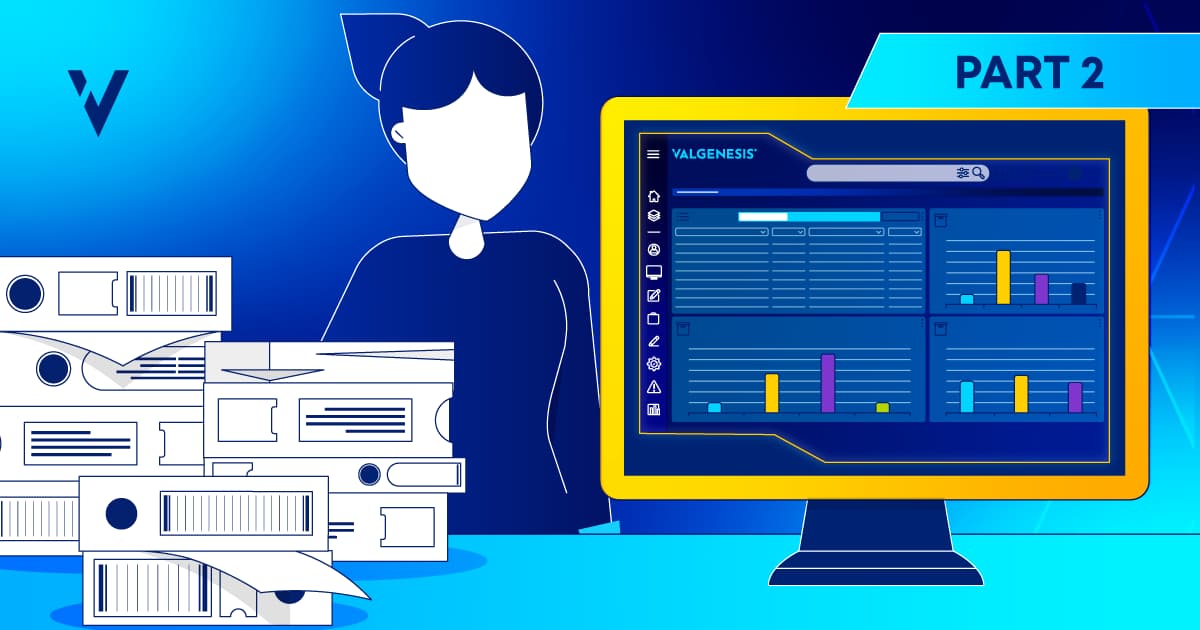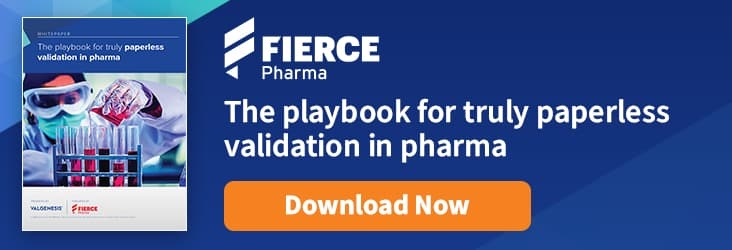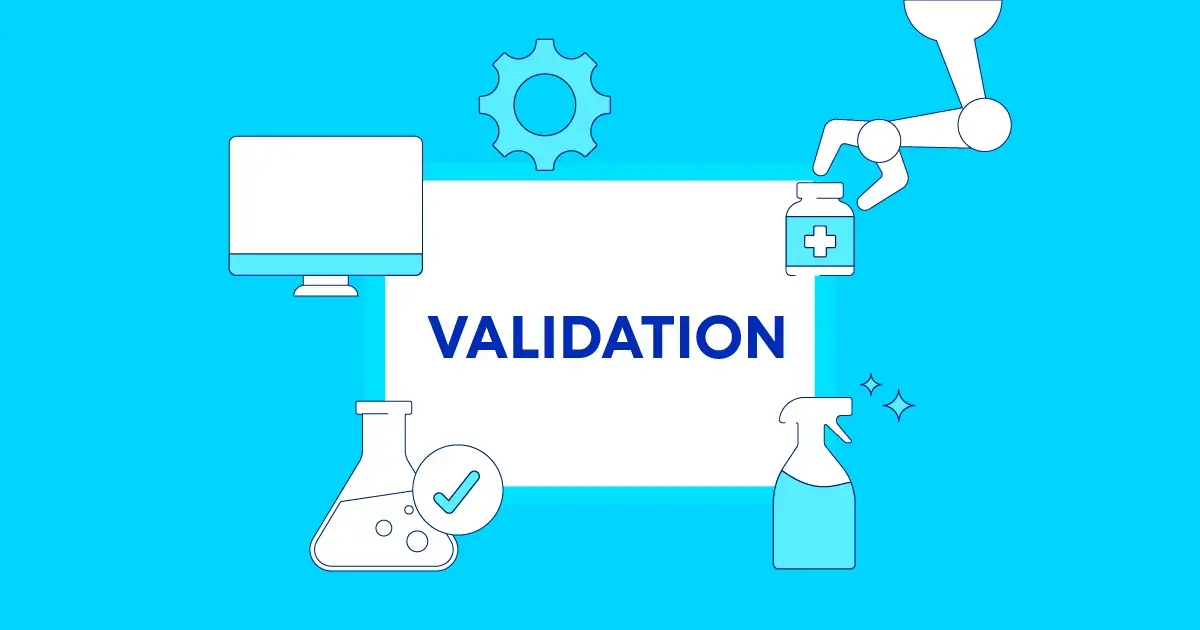Paper-based validation has remained the norm for decades in the pharmaceutical industry – even though it’s an inefficient and inconsistent bottleneck prone to human error. However, a transition to virtual or remote audits and inspections, coupled with increased FDA advocacy for the use of digital tools, is increasingly showing pharmaceutical companies that digital workflows for validation are not only possible but preferable to paper-based processes.
The first article in this two-part blog series revealed six of the biggest reasons pharma manufacturers are making the switch from paper-based to digital validation. The conclusion reveals six more.
#7. Embed review of exceptions and deviations into workflows
Handling deviations and exceptions manually requires a paper-based documentation process that’s separate from the review itself. This is time-consuming, and it quickly becomes difficult to track. Digital workflows can help reviewers manage deviations concurrently, speeding up the execution process. Digitization also makes it possible to trace each deviation activity and identify and amplify the impact of each validation change, further ensuring that issues don’t go unaddressed and that companies produce a compliant, high-quality product.
#8.Control who can review what information
In paper-based workflows, reviewers can’t do their work if they don’t have a physical copy of a document. At the same time, a manually created document can easily get lost in the mail or emailed to the wrong person, creating immediate security concerns. Through digital validation, documents become a secure, single source of truth with role-based access controls that restrict who can view, edit, or sign. When access becomes virtual, untethered to physical locations, companies can adopt a “follow the sun” collaboration model that saves even more time.
#9. Improve periodic review and revalidation schedules
Review and revalidation are critical steps, but manual workflows make it difficult to keep these processes on a tight schedule. Not only are companies working with paper documents that are typically generated as a one-off for each project, but there’s rarely a common calendar indicating when review and revalidation work must take place. By combining a dynamically generated calendar with real-time alerts, digital validation workflows ensure that companies don’t miss upcoming reviews and revalidations – and can staff for them accordingly.
#10. Resolve business continuity and disaster recovery issues
Paper documents are easily misplaced or destroyed. Additionally, the lack of version control makes it difficult to determine which document stored at which site – or sitting on which desk – is the “version of truth.” Digital documents that are backed up frequently, stored in the cloud, dispersed geographically, and used within highly fault-tolerant systems resolve the easily preventable business continuity and disaster recovery concerns of paper-based validation workflows.
#11. Improve compliance through standardized workflows and digitized audit trails
Maintaining consistent document templates, collecting feedback from multiple reviewers, and locating physical documents for auditors are some of the biggest challenges of manual validation workflows. Digitization supports workflow standardization from document creation to submission, while digital audit trails indicate when changes were made and by whom. This ensures compliance throughout validation, as digital workflows align both the development process and the finished product with the necessary regulatory requirements.
#12. Make better use of reviewers’ time and expertise
Regulatory compliance is certainly important, but so is software quality. Given the significant investment of time and resources for gathering paper-based evidence for auditors, the pharmaceutical industry has tended to put compliance first. The focus on quality and risk management has been lost in the process. Streamlining the validation process through digitization and automation gives reviewers more time to apply their critical thinking expertise to validation – ensuring that products are not just compliant but also safe and effective.
The first part of this two-part blog post series was published on Sept. 15, 2022. Catch up here!
This blog post is an excerpt from "The playbook for truly paperless validation in pharma." To download the entire playbook, click on the link below.




